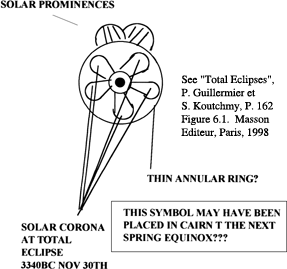Image from wikipedia.com
This article covers arguably one of my favorite topics to swoon over-Doctor Who. I will be completely honest in saying that my intense interest in studying the solar system and beyond came pretty much single-handedly from watching Doctor Who (and maybe a teensy bit by my mom making me watch old Star Trek re-runs with her when I was a kid…). So it’s been fun for me to gain a lot more “science-based” understanding of the universe that, in my mind crazy David Tennant-filled dreams, was filled with aliens from all over the universe both time and space-wise attacking our home planet of Earth. Now that I now a bit more about astronomy, I was curious about how accurate my favorite show was in describing some scientific phenomena. While I know that alien life hasn’t been discovered yet by scientists here on Earth, I was hoping at least some other aspects of the show were factual and not telling lies just purely for entertainment.
The article above confirms my hope! Obviously, in a show that has aired over a span of 50 years, the science discussed on the show will advance as the knowledge astronomers gain increases/changes, but this article discusses some notable accuracies in the topics discussed in the series. From discussion of the Big Bang, formation of our moon, and dinosaur extinction among many other topics, there is some serious science talk going on, which is accurate as far as scientists know! This makes me feel a bit better about indulging in hours and hours of Netflix watching of my favorite shows, knowing that I am getting at least a bit of real science in the midst of a lot of science fiction.













